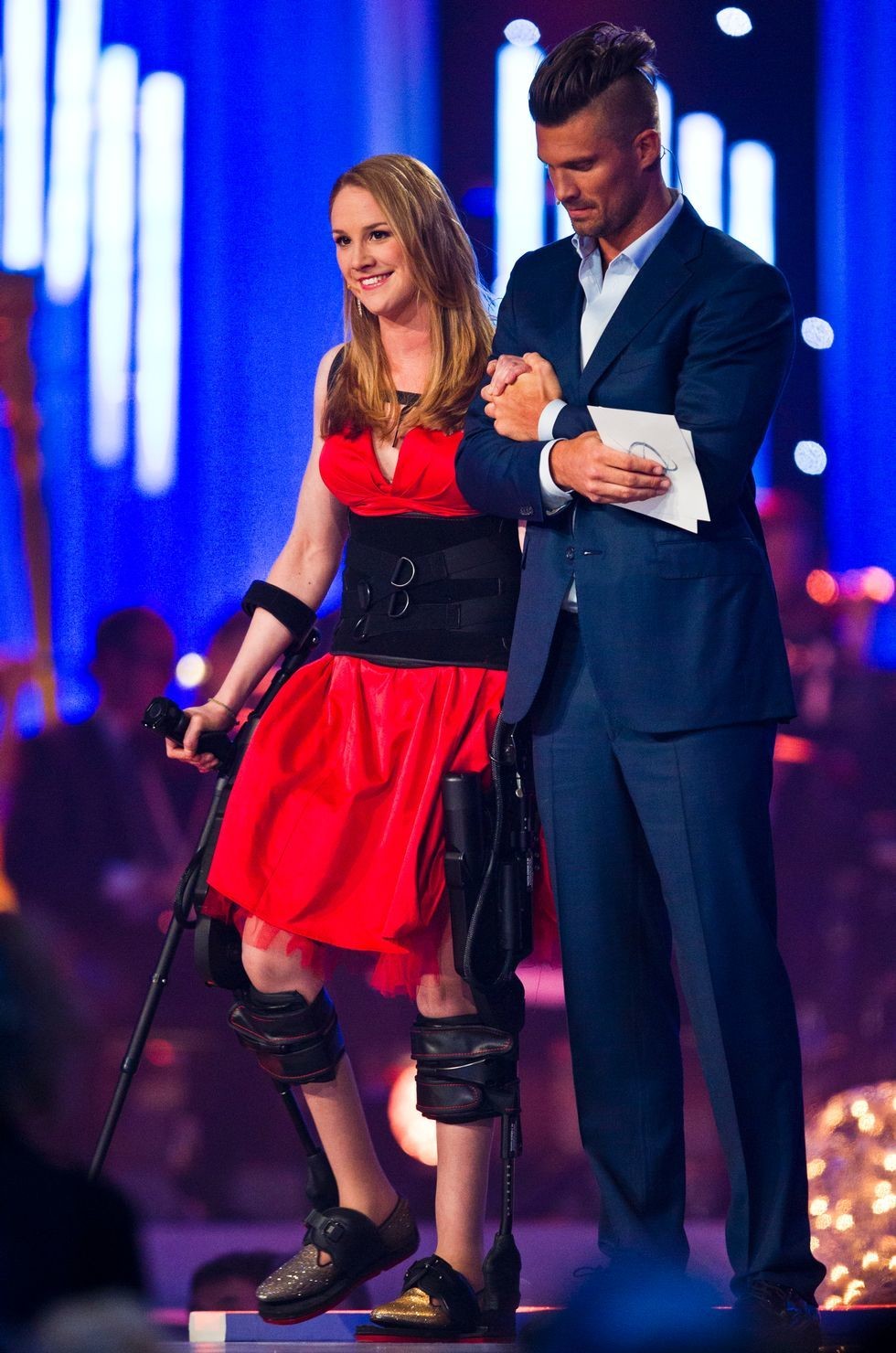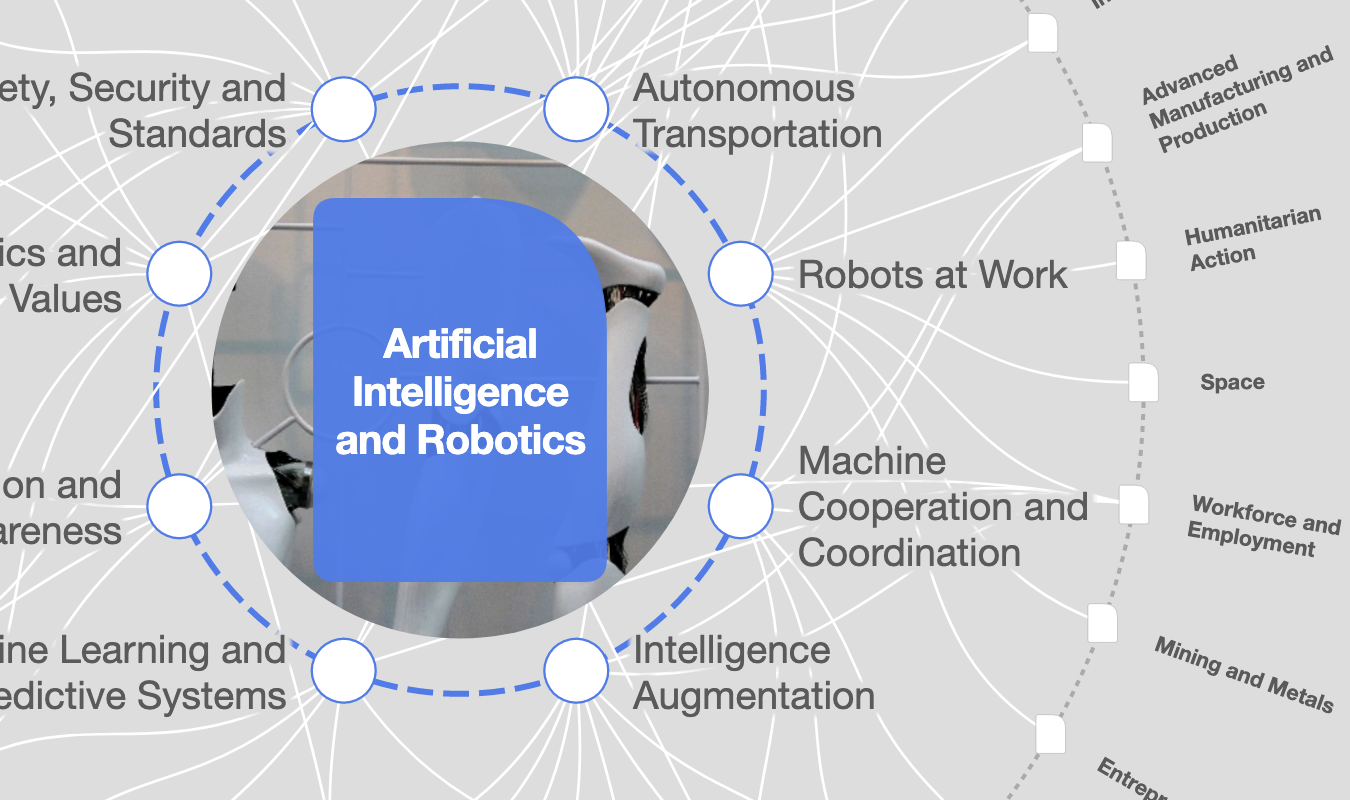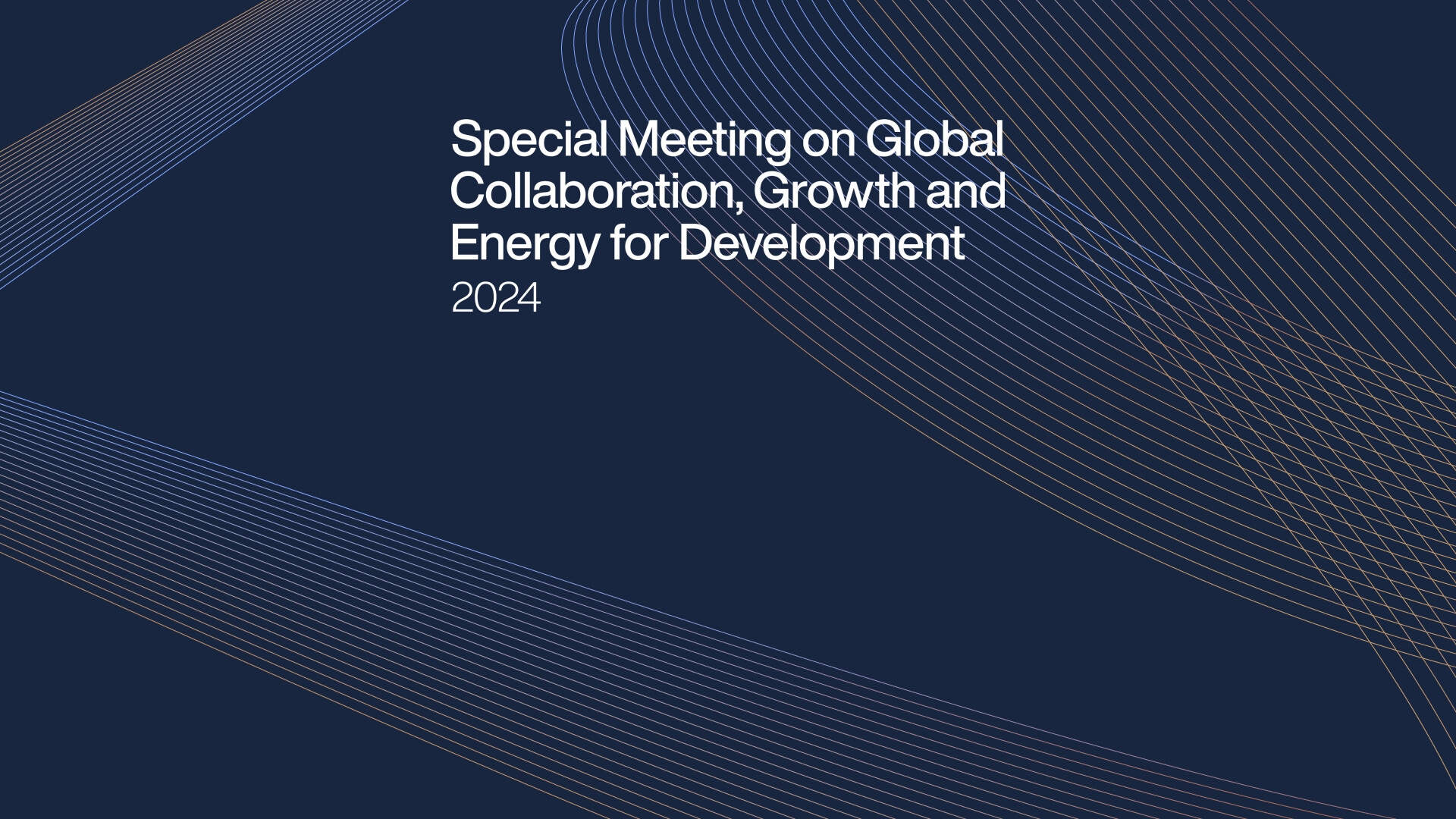What the Fourth Industrial Revolution will do for people with disabilities

The Fourth Industrial Revolution brings with it a new era of possibilities. We have to use the innovations they lead to. Image: REUTERS/John Gress

Get involved with our crowdsourced digital platform to deliver impact at scale
Stay up to date:
Davos Agenda
Recently I had a personal meeting with a product that embodies the Fourth Industrial Revolution: an exoskeleton. Due to a spinal cord injury in 2009, I am unable to walk, and a wheelchair has been my closest and most useful companion ever since. Curious, I wanted to explore the possibilities of using robotic legs.
I put the skeleton on, and tightened it to my legs, hips, torso and chest. The exoskeleton walked me down the floor - one leg at a time. It was a strange feeling, like someone had taken control of my body. However, after a short time I figured out how to use it. Slowly, the machine and I started working as a team, overcoming challenges and obstacles together. We walked up stairs and over chords that were lying on the ground. We even danced a little, with my red dress swinging with the rhythms of my body. Thanks to a machine, I was in control of my body.

The Fourth Industrial Revolution brings with it a new era of possibilities. We have to see these possibilities, explore what is on the horizon and start using the innovations they lead to.
For some, the potential of the Fourth Industrial Revolution can be useful in daily life, or just help us perform better at work or in sports. For others, it can be life changing. People born deaf can hear with the help of cochlear implants. Those with blurred vision can, through relatively simple laser eye surgery, obtain perfect sight. Someone missing a leg can run with their kids with the help of carbon-fiber blades, and people with prosthetic arms can perform tasks demanding fine motor skills. Often, small changes can mean the world.
The impact on our societies will include a more effective work force, more integrated communities, and better standards of living driven by a higher degree of personal freedom.

Technology invented for one reason can be game changing for another. Often, the effect is greater than expected. The function of vibration on phones was originally invented for deaf people to get a signal when a call or text was incoming. Today, vibration mode is widely known as a practical option for everyone. Spell checking programs are great for people with dyslexia, and quite useful for everyone else. Digital translators are handy for all of us in the face of language barriers. For people who don’t have the ability to speak, it can be the key to a vibrant social life.
Robotic legs were originally designed to help soldiers in warzones carry heavy gear. Then someone thought of the possibility for the legs to simply carry people who can’t carry themselves. Suddenly, they were helping people with paraplegia to walk.
In life, nothing can be taken for granted, and we can never tell what will happen to us. But one thing is for sure: the Fourth Industrial Revolution will usher in an unimaginable array of inventions and technological development that will have a dramatic impact on the lives of people living with disabilities all over the world.
It will give us super powers.
Author: Birgit Skarstein, double Paralympic athlete and World Rowing Champion. Elected official in the City Council of Oslo and member of the Committee of Finance. Appointed by the Norwegian government as member of the Norwegian Advisory Board of Biotechnology. Global Shaper.She is a Global Shaper and is participating in the World Economic Forum’s Annual Meeting in Davos.
Don't miss any update on this topic
Create a free account and access your personalized content collection with our latest publications and analyses.
License and Republishing
World Economic Forum articles may be republished in accordance with the Creative Commons Attribution-NonCommercial-NoDerivatives 4.0 International Public License, and in accordance with our Terms of Use.
The views expressed in this article are those of the author alone and not the World Economic Forum.
Related topics:
The Agenda Weekly
A weekly update of the most important issues driving the global agenda
You can unsubscribe at any time using the link in our emails. For more details, review our privacy policy.
More on Forum InstitutionalSee all
Kate Whiting
April 26, 2024
Spencer Feingold and Gayle Markovitz
April 19, 2024
Kate Whiting
April 17, 2024
Andrea Willige
March 27, 2024
Shyam Bishen
March 20, 2024






